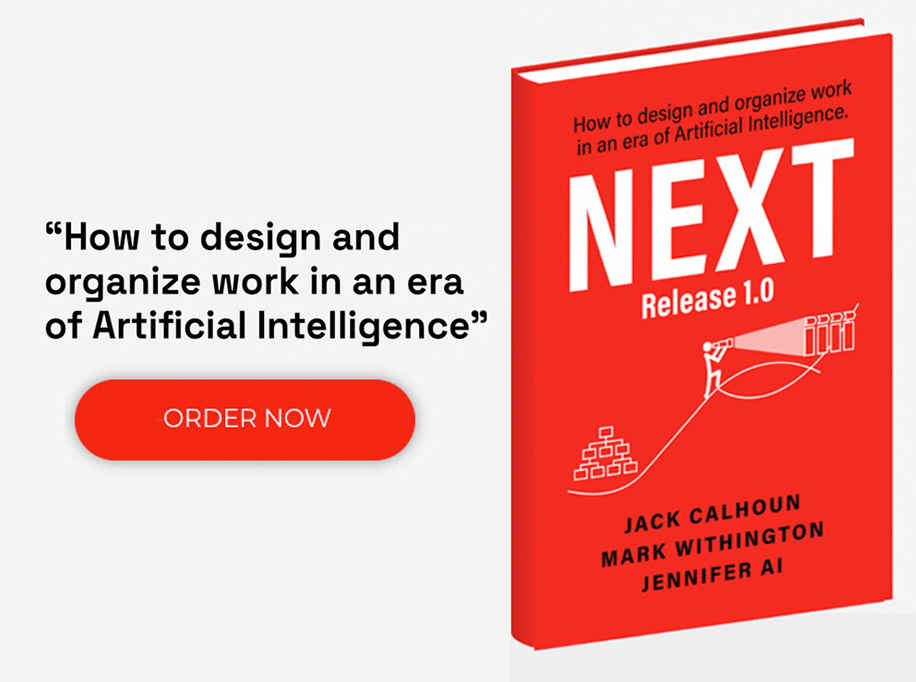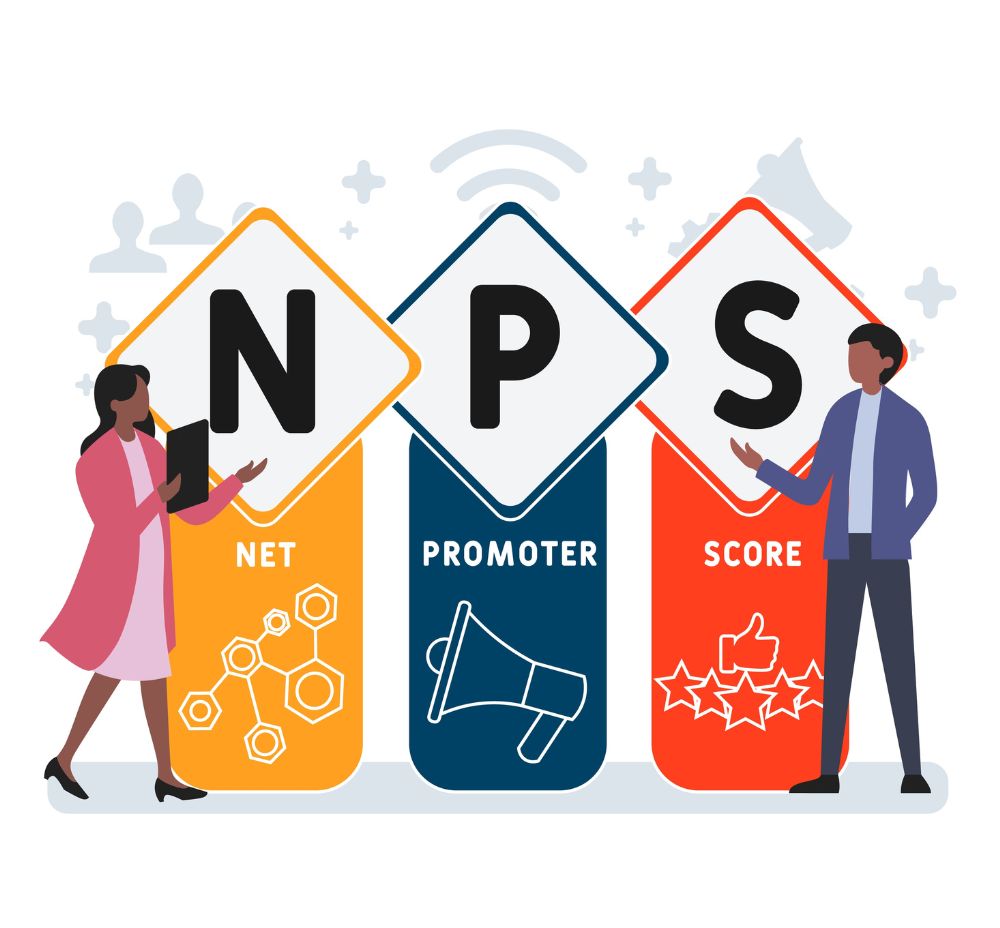It is IT’s job to enable the business objectives at every organization, plain and simple. Sometimes this job looks like purchasing and building a new application to automate a painful process, sometimes it looks like replacing an aging system that can no longer be supported, or it could be a complete digital transformation. Unfortunately, many organizations approach IT and business as totally separate entities– each working independently from the other. What’s more is that this thinking has penetrated the platform selection process: IT is in charge of selecting the product and building it, the business team is just a customer of the platform. In this article, we’ll look at how to successfully choose a new platform, how process informs platform selection, the enterprise process model, equipping IT to select a platform, and where to go to get help understanding your business processes and choosing a new platform.
How to Successfully Choose a Platform
Building a strong understanding of the business processes and technology landscape a new platform is being implemented into requires the development of a common vocabulary between business, IT, and procurement resources. The enterprise process model serves as this Rosetta Stone as well as helps the team prioritize the most important processes to be built into their new system. By focusing on the processes first and how IT can be implemented to support those processes, the procurement formula is drastically simplified.
The Enterprise Process Model
Rather than the standard organization chart using vertical silos, the enterprise process model starts with what creates value for the customer and works backward with horizontal workflows. These workflows are called value chains, and most organizations have between 3-15, depending on their size. Value chains catalog all the activities that go into delivering a specific product.
The enterprise process model draws out your organization’s value chains and goes into detail about the specific processes, how the value chains interact, and what are the primary measures of success. Organizations can use this model to evaluate where processes can be modified to give greater success on deliverables. One example is with cross-functional processes that involve two or more departments; they require active design and implementation.
Benefits of Using Process to Inform Platform Selection
Selecting a new platform gives organizations an opportunity beyond simply digitizing their departments. By focusing on the processes that are at the core of their organization and seeking more efficient ways to accomplish those processes with technology, organizations can streamline their entire business. This will not only cut costs but will positively enhance the customer experience.
Rather than simply making the current, outdated system of processes digital, choosing a new platform gives businesses the opportunity to evaluate and upgrade their processes as a whole organization. This creates more efficiency and competitive ability.
Equipping IT to Effectively Select a Platform
The separation between IT and the rest of the organization serves no one. And it can take the edge off an organization’s competitive ability in a market where customer loyalty is limited by how well an app works on any given day. Bringing IT and the rest of the organization together when choosing a platform will help the IT department make a successful decision. It also creates opportunities for designing more innovative processes that support greater efficiency and better results for customers.
By creating a dialogue between IT and the business team around the Enterprise Process Model, IT will be more informed about the business processes they are automating, and more effective at solving issues in the organization. And, if IT and the rest of the organization can creatively collaborate, it’s possible to create innovative process solutions to make more efficient systems. For example, if team leaders are hosting weekly one-on-one meetings to go over deliverables, the time those meetings take could be shortened by having deliverable information automatically uploaded to a dashboarding tool for the team leaders to access.
Simplifying the Procurement Formula
Now that IT and the rest of the organization are communicating, IT knows the business processes the new platform needs to support. This will allow them to work more effectively with the procurement department. Since the business processes will be driving procurement, the platform selected won’t have any unnecessary features. This saves money, time and drastically simplifies the procurement process.
Platform-based Design Engineering from Accelare
If choosing a new platform and addressing core business processes seems daunting, you aren’t wrong. According to an article from Harvard Business Review, 70% of digital transformations don’t reach their goals due to incorrect mindsets and current flawed business processes. If digital solutions aren’t coupled with innovation and radical redesign, any current process flaws will simply be transferred to the digital realm, where they may become magnified.
Take the pain and guesswork out of this process, and let us here at Accelare help you choose the right platform to serve your organization now and in the future. Our platform-based design engineering team can help your organization reimagine its processes and make them digital. We understand how systems involving process, technology, people, data, and culture function, and we work together from the customer’s point of view to create efficient and successful platforms.











